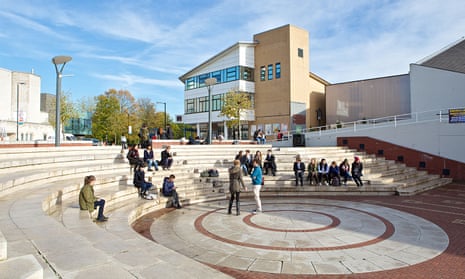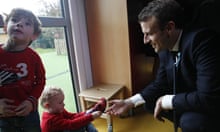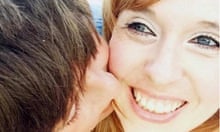Scientists in Britain say they have developed a blood and urine test that can detect autism in children.
Researchers at the University of Warwick said the test, believed to be the first of its kind, could lead to earlier diagnosis of autism spectrum disorders (ASD) in children who could then be given appropriate treatment much earlier in their lives.
ASDs mainly affect a person’s social interaction and communication, with symptoms that can include speech disturbances, repetitive and/or compulsive behaviour, hyperactivity, anxiety, and difficulty adapting to new environments.
As there is a wide range of ASD symptoms, diagnosis can be difficult and uncertain, particularly at the early stages of development. It is estimated that about one in every 100 people in the UK has ASD, with more boys diagnosed with the condition than girls.
Scientists said their research found a link between ASD and damage to proteins in blood plasma. They found the most reliable of the tests they developed was examining protein in blood plasma, which found children with ASD had higher levels of the oxidation marker dityrosine (DT) and certain sugar-modified compounds called advanced glycation end-products (AGEs).
Genetic causes are thought to be responsible for about a third of cases of ASD, while the rest are believed to be caused by a combination of environmental factors, mutations, and rare genetic variants. However, researchers believe their new tests could reveal yet-to-be-identified causes of ASD.
They also confirmed the previously held belief that mutations of amino acid transporters are a genetic variant associated with ASD.
The Warwick team worked with collaborators at the University of Bologna in Italy, who recruited 38 children who had been diagnosed with ASD along with a control group of 31 other children between the ages of five and 12. Blood and urine samples were taken from the children for analysis.
The Warwick team discovered there were chemical differences between the two groups. Working with a further collaborator at the University of Birmingham, the changes in multiple compounds were combined using artificial intelligence algorithm techniques to develop a mathematical equation to distinguish between ASD and healthy controls. The outcome was a diagnostic test better than any existing method.
They said the next steps were to repeat the study with further groups of children to confirm the good diagnostic performance and to assess if the test could identify ASD at very early stages, indicate how the ASD is likely to develop further to more severe disease, and assess if treatments were working.
The research was led by Naila Rabbani, reader of experimental systems biology at the University of Warwick, who said: “Our discovery could lead to earlier diagnosis and intervention. We hope the tests will also reveal new causative factors.
“With further testing we may reveal specific plasma and urinary profiles – or ‘fingerprints’ – of compounds with damaging modifications. This may help us improve the diagnosis of ASD and point the way to new causes of ASD.”
The research has been published in the journal Molecular Autism.









